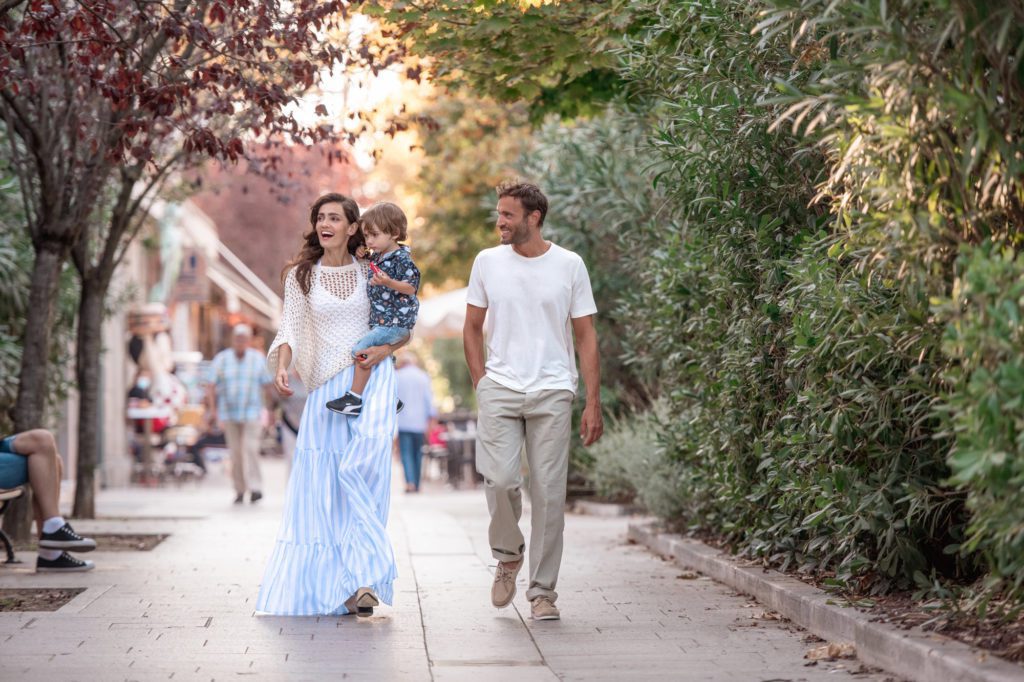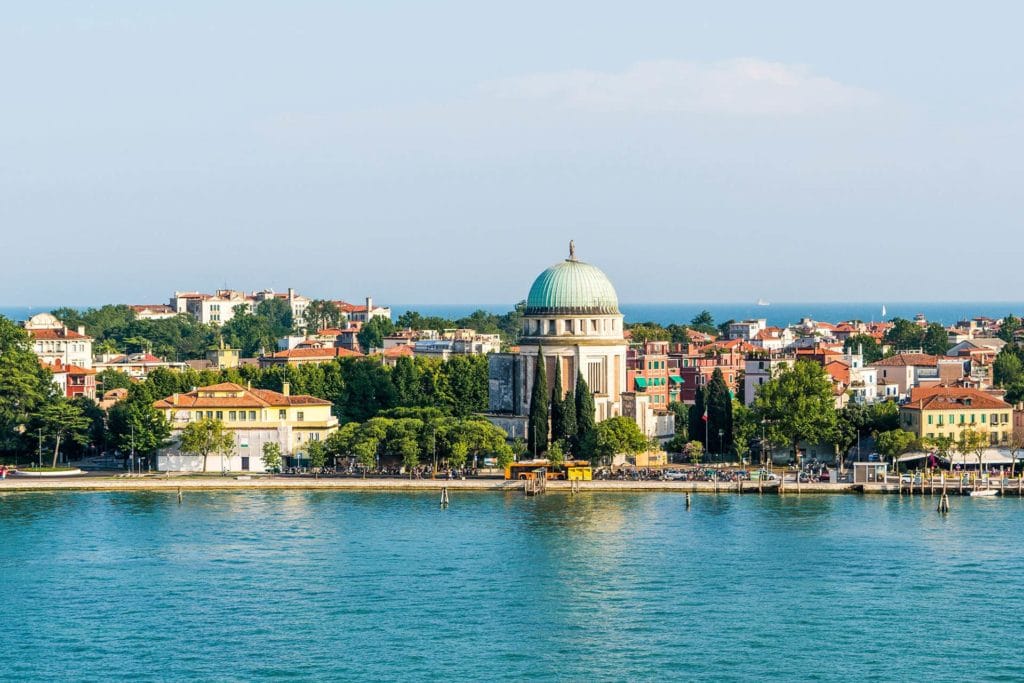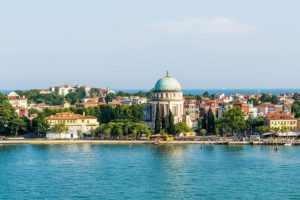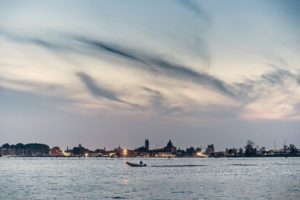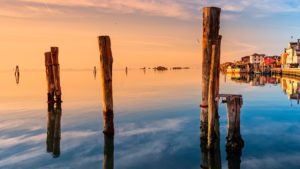The ancient splendour of the Lido

In the central area of the Lido and on the Lungomare Marconi, you overlook some imposing testaments to the ancient splendour and aristocratic past of the Lido.
The three emblematic hotels of the twentieth century: the Excelsior, the Des Bains (now closed) and the Ausonia Hungaria.
The history of these three places is closely connected to the golden era of the Lido, following the creation of the first bathing establishments at the end of the nineteenth century and the move of Venetian holiday homes from the countryside to the island. This soon became a seaside resort renowned throughout Europe, which also received an award at the Turin National Exhibition of 1884 for its modern facilities.
Hotel Des Bains
The first luxury hotel to be opened on the island was the Hotel Des Bains, on the Lungomare Marconi: its doors were opened to the public on July 5, 1900. Sumptuous and modern, it was equipped with an electrical system, drinking water, private bathrooms, telephones, lifts and refrigerators.
In this period, among the illustrious guests who stayed at Des Bains was the writer Thomas Mann, who wrote (and set) his Death in Venice in the hotel, from which the director Luchino Visconti drew the film of the same name, which was also shot there in 1971. The Des Bains was destroyed by a fire in 1916, after being closed and deprived of running water during the Great War.
In 1919 it was reopened and became a holiday destination for aristocracy and bourgeoisie from all over Europe, until the Second World War, when it was requisitioned by the Germans who damaged the surrounding land.
Its fame remained unchanged until it was forced to close due to the disastrous flood of 1966. In 1997, Anthony Minghella shot some scenes of The English Patient there and, today, during the Film Festival, a photographic exhibition is set up in its hall.
After a period under the Sheraton brand, the (never realised) idea of transforming it into a luxury apartment complex was conceived, and a new restoration project is currently underway that should allow it to be reopened.
Grande Albergo Ausonia Hungaria
The second luxury hotel that was built on the Lido is located on the Granviale S. Maria Elisabetta.
A true manifesto of the Art Nouveau style, it is the Grande Albergo Ausonia Hungaria (named after the Central European clientele of the beginning of the century), officially opened in 1907. The original structure was a two-storey villa that in just four months became the current hotel.
In 1913 it was enriched by the works of Luigi Fabris, a ceramist from Bassano, who covered the façade with 700 square meters of polychrome majolica of different sizes, decorated with plant motifs, flowers, cherubs… which represented the ideal union between Venice and Hungary.
The Hungaria, still in operation today, was restored in 2007 and in 2018 an additional piece of this work of art was added by the English artist Joe Tilson, who covered the southeast facade with 3,358 Murano glass tiles.
Hotel Excelsior
Finally, the last in order of appearance is the Hotel Excelsior, also on the Lungomare Marconi, inaugurated in 1908. Built with the ambition to create the most luxurious hotel in the world, it was designed by the entrepreneur Nicolò Spada together with the architect Giovanni Sardi. The style of the imposing building is eclectic, and combines numerous architectural influences, from Moorish to medieval to Venetian-Byzantine. The interiors are the work of numerous artists, including Umberto Bellotto, an iron and glass craftsman, who created some doors in full Art Nouveau style.
In 1932, on its magnificent terrace, the Excelsior hosted the first edition of the Film Festival, and, over the years, it has hosted illustrious personalities such as Sir Winston Churchill, the Duke and Duchess of Windsor, John Steinbeck, as well as numerous movie stars. In the Stucchi Room on the third floor the restaurant scene of Once Upon a Time in America by Sergio Leone was also filmed.
